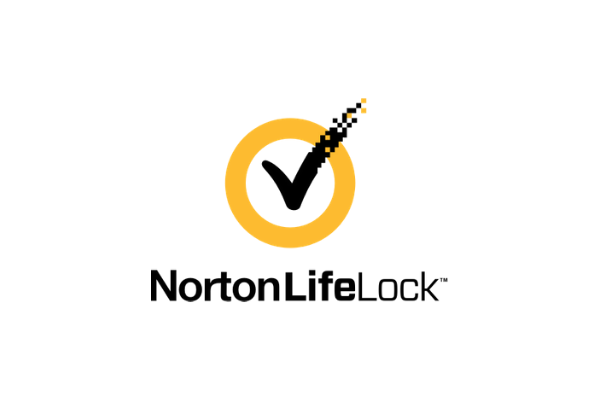Insights
INSIGHTS
All Topics
The warning signs of charity insolvency
31 Aug 2023by Christine Chiu
We look at the basics of insolvency, exploring warning signs and the digital tools that can help
Insolvency is one of those subjects that people tend to avoid. It’s no secret, however, that since the pandemic, charity finances have taken a hit. Even if your organisation is not in crisis mode, understanding the basics of charity finance could help you decide on your next digital move.
In this article, we explore the meaning of charity insolvency, look at some of the potential warning signs for charities, and explore some of the digital tools and online resources that could prove useful.
What does insolvency mean for charities?
Insolvency means that a charity is no longer able to pay off its obligations when they fall due. In simple terms, an organisation doesn’t have enough money to pay for things when they are asked. It’s not just about late payments.
The NCVO offers another definition. The NCVO says that insolvency can also happen when charities fail a balance sheet test. That is, if a charity’s assets are less than what it owes to other people.
Charities of all sizes should look for professional help when they think this is happening. To be clear, in most situations, charities should seek the advice of accountants and law firms.
Warning signs to look out for
Charity finances have been challenged significantly in recent years, as a result of COVID-19 and the ongoing cost-of-living crisis. To keep track of how things are going, it’s important to be aware of the signs of financial trouble. Parker Andrews, a specialist law firm, says that insolvency could be looked at in terms of assets.
Assets are valuable properties or items that a charity might own. If the total value of assets outweighs the amount of debt, then a charity might be insolvent. The law firm also says that overdue bank overdrafts, late payments, high staff turnover, and late tax payments could also be signs of trouble.
Importantly, the focus is on cash. Charities may fall victim to insolvency scenarios when they don’t have enough cash to cover their spending. The law firm Bates Wells says that charities that find themselves with decreasing income compared with the budget should act with care. Another tell-tale sign includes owing more to suppliers than income.
How can digital tools help?
Digital financial tools can help charity leaders assess what’s going on. The 4 Steps to Greater Nonprofit Stewardship with Digital Finance Transformation report, from Sage Intacct, points out that “Digital transformation in finance can be of great value to a non-profit, because it offers the ability to automate back-office functions like payables and receivables, thus allowing finance leaders to focus on strategy and use data to drive greater mission impact.”
Take, for example, financial risk management platforms. These tools manage financial and operational risk. The platforms help board members and trustees pull together the information. Leaders can easily keep tabs on the financial tests.
Accounting and financial reporting tools assist financial controllers, board members, and trustees stay on top of spending. Dashboards can bring data together visually, clearly identifying areas where outgoings might be outstripping income.
By using these digital tools, charity finance leaders can get up-to-date information on balance sheet assets and cash flow information, upholding their legal obligation to stay informed of the charity’s solvency.
More online resources to look out for
Online resources are available to help steer charity digital leaders. The UK Government offers general advice for financial planning and insolvency. The digital resource offers tips on managing finances, insolvency basics, how trustees are involved, and the role of the Charity Commission for England and Wales. The guidance was recently updated for COVID-19 procedures.
The International Centre for Non-profit Law has specific legal guidance on insolvency. Published in the International Journal of Not-for-Profit Law, Pesh Framjee summarises the technicalities. These include examining issues around the types of funding and the role of directors. The benefit for charities is its emphasis on the role directors and trustees play in the decision-making process.
Financial software providers such as Sage Intacct also offer lots of resources that can help charities, including a guide to using financial tools to boost productivity and agility and the digital financial stewardship report (which you can download below).
Download the guide to digital financial stewardship
Click below to discover more about how charities can monitor their finances and improve their financial stewardship with digital technology
Christine Chiu
More on this topic
Related Content
Recommended Products
15 Jan 2025by Jane Waterfall
A charity guide to maintaining Cyber Essentials all year roundSponsored Article
15 Jan 2025by Jenny Phipps
Cyber security: what to look out for in 2025Sponsored Article
09 Jan 2025by Charity Digital
AI adoption: Lessons from Salesforce's Trailblazer community
Our Events
Charity Digital Academy
Our courses aim, in just three hours, to enhance soft skills and hard skills, boost your knowledge of finance and artificial intelligence, and supercharge your digital capabilities. Check out some of the incredible options by clicking here.






















